Walking into a cheese aging cellar in Parma is like stepping into a sacred temple where time works its magic. The sweet, nutty aroma fills the air as thousands of golden wheels of Parmigiano Reggiano line the shelves. These carefully controlled environments maintain specific temperature and humidity levels that allow the cheese to develop its distinctive flavor and crystalline texture over months and years.
I still remember my first visit to these impressive cellars, watching in awe as expert cheese masters tapped each wheel with small hammer-like tools, listening for the sound that indicates perfect aging. This tradition dates back nearly a thousand years, with records of Caseus Parmensis (Parma Cheese) appearing in notary documents as early as 1200. The process hasn’t changed much since then.
After being brined for 20 days, each wheel must age for at least 12 months, though the most flavorful varieties age for 24-36 months.
The cellars themselves tell a story of dedication to craft and patience. Rows upon rows of cheese wheels create a stunning visual, each carefully turned and tended by experts who understand that great cheese cannot be rushed. Some producers even age special wheels for four years or longer, creating incredibly complex flavor profiles that showcase why Parmigiano Reggiano has earned its nickname as the “King of Cheeses.”
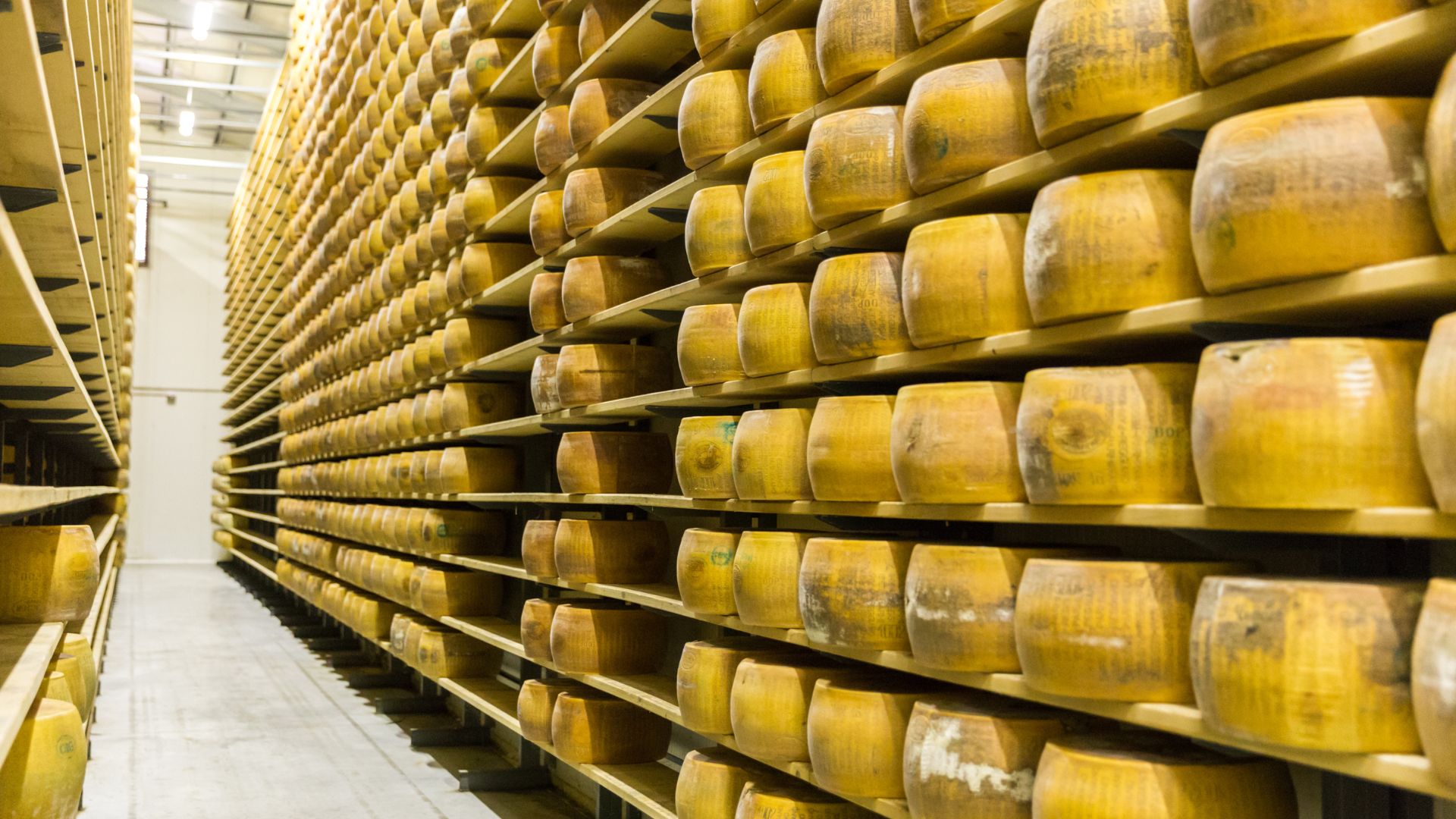
The Art of Making Parmigiano Reggiano
The creation of Parmigiano Reggiano is a centuries-old tradition that combines natural ingredients with skilled craftsmanship. Each wheel requires about 550 liters of milk and undergoes a meticulous production process that has remained largely unchanged for generations.
From Dairy Farms to Cheese Factory
My visit to the dairy farms in Emilia-Romagna revealed the first crucial step in creating this renowned cheese. The farmers collect milk from two consecutive milkings – evening and morning. The evening milk rests overnight, allowing the cream to naturally separate.
I watched as they combined this partially skimmed milk with whole morning milk in large copper vats. The mixture slowly coagulates after adding rennet and a whey starter from previous batches.
“Every drop of milk matters,” the cheesemaker told me as he carefully cut the curd into tiny granules. These granules eventually sink to the bottom, forming a single mass that becomes the foundation of a Parmigiano wheel.
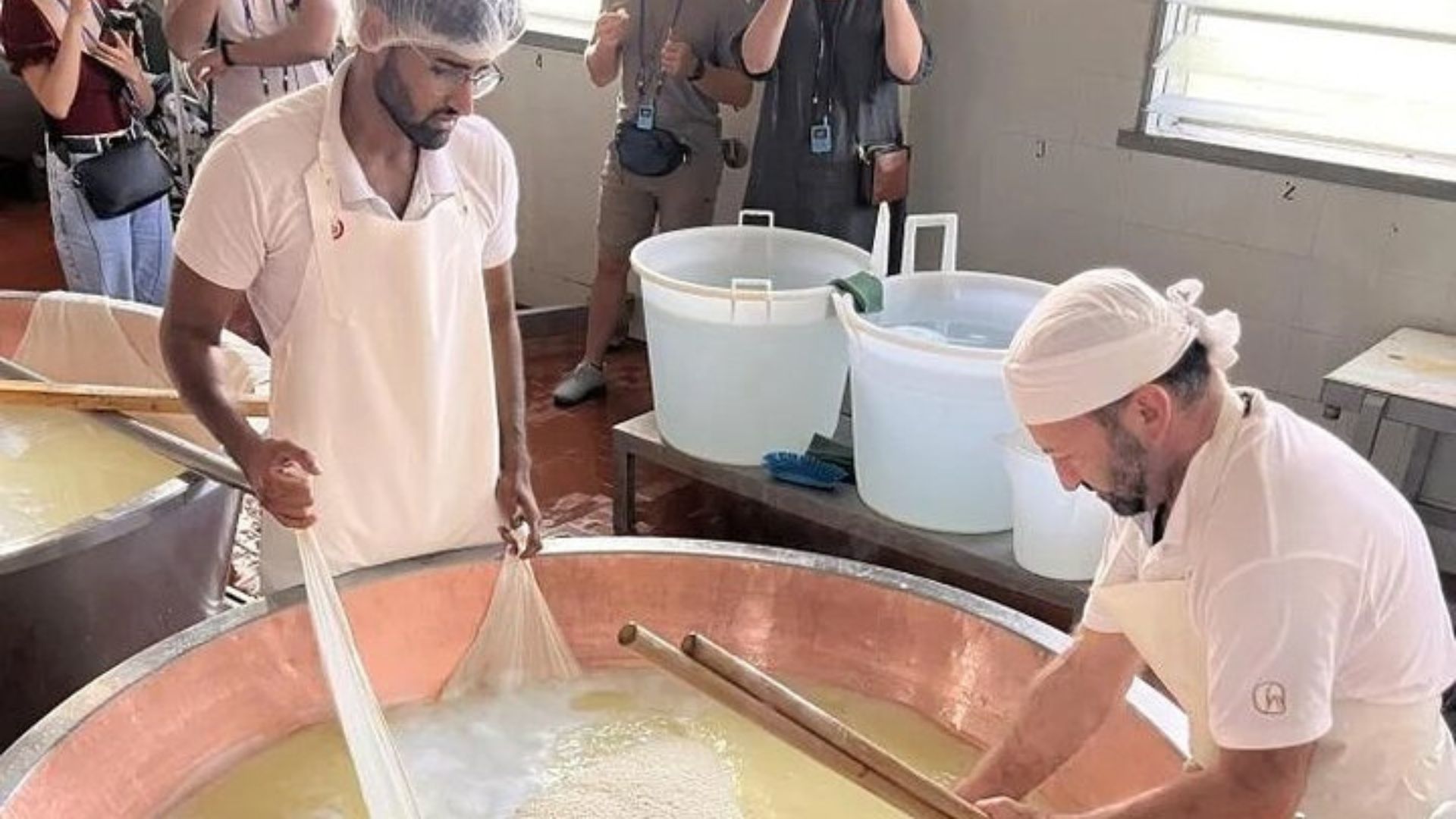
The Role of the Parmigiano Reggiano Consortium
During my exploration, I learned that the Consortium safeguards the authenticity of every wheel produced. They enforce strict regulations about production zones, cattle feed, and processing methods.
The Consortium’s fire-branded seal on each wheel isn’t just a mark—it’s a promise of quality. Only cheeses that meet their exacting standards earn the right to be called Parmigiano Reggiano.
I was fascinated to discover how the Consortium inspectors examine each wheel at 12 months of aging. They tap the wheels with special hammers, listening for sounds that indicate quality. Only the perfect ones receive the final stamp of approval.
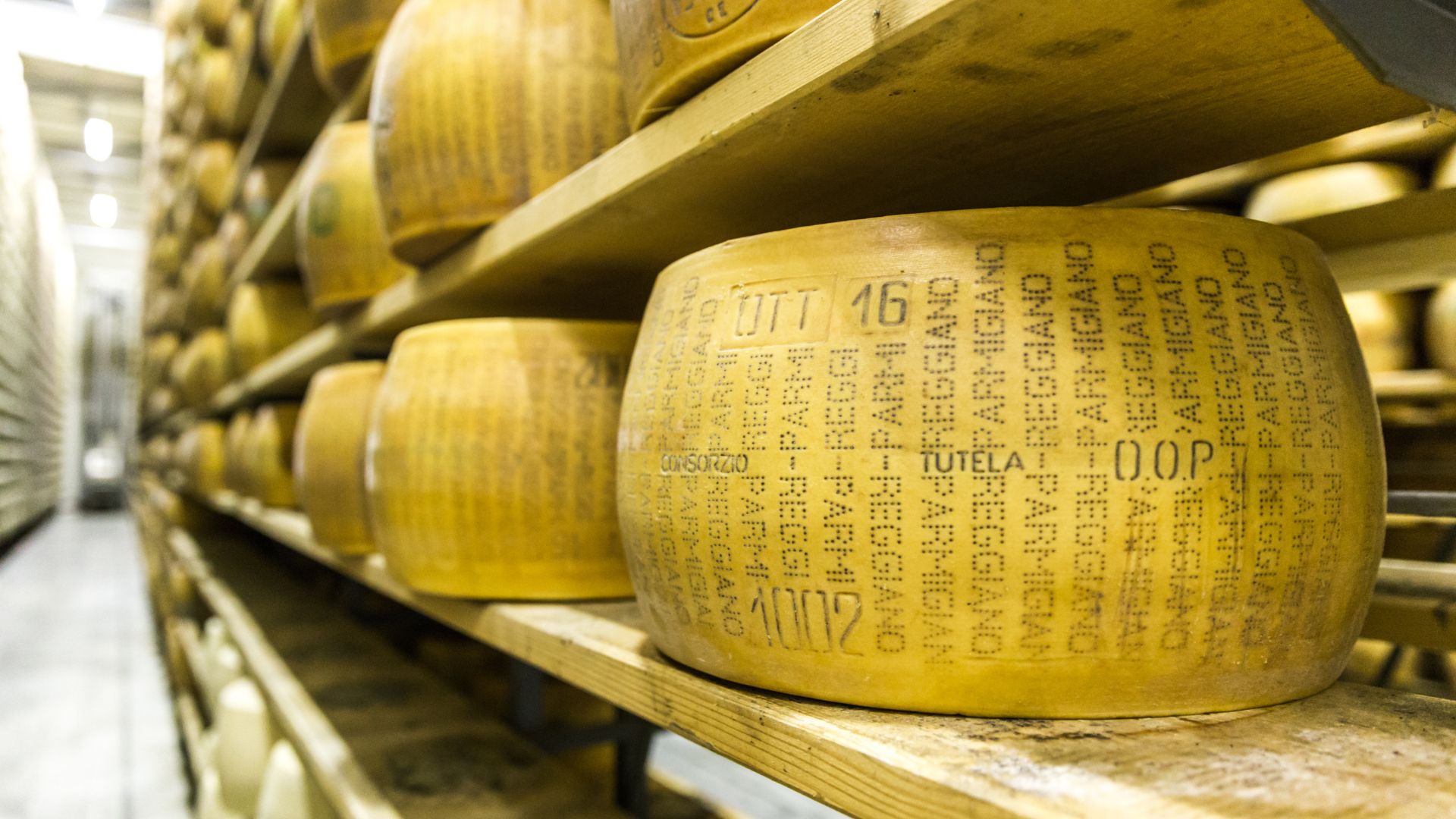
Craftsmanship in Cheese Production
Standing in the aging room, I was surrounded by thousands of wheels maturing on wooden shelves. The temperature and humidity are carefully controlled to create the perfect aging environment.
Each wheel requires at least 12 months of aging, though many are aged for 24 or 36 months to develop more complex flavors. During this time, artisans regularly clean and turn the wheels by hand.
What impressed me most was how little the process has changed over the centuries. Modern technology has been introduced only where it doesn’t compromise tradition or quality.
I watched an artisan test a wheel by tapping it with a small hammer. “This is how we listen to the cheese,” he explained. “Each sound tells us something about what’s happening inside.” This connection between maker and cheese is the true art of Parmigiano Reggiano.

Tracing the Origins
The story of Parmigiano Reggiano reaches back nearly a thousand years, with its roots deeply embedded in the monasteries of Northern Italy. This legendary cheese has evolved through centuries of tradition and craftsmanship before becoming the prized culinary treasure we know today.
The History and Culture of Parma
Parma stands as the spiritual homeland of Parmigiano Reggiano, where the cheese’s journey began in the 13th century. Benedictine monks first created this remarkable cheese as a practical solution for preserving milk. They needed something that would last through long winters and difficult times.
The monks’ ingenious techniques laid the foundation for what would become one of Italy’s most celebrated foods. Walking through Parma today, I can still feel this deep connection to tradition in the city’s proud culinary heritage.
What makes Parma special isn’t just the cheese itself but the entire ecosystem that supports it. The lush pastures surrounding the city provide the perfect diet for dairy cows, creating milk with unique qualities ideal for Parmigiano Reggiano production.

Bologna’s Influence on Cheese-Making
While Parma gets much of the credit, Bologna played a crucial role in developing Parmigiano Reggiano. The city’s cheese-makers contributed significant innovations to the aging process that defines the cheese’s complex flavor profile.
When I visit Bologna’s Piazza Maggiore, I’m reminded how this bustling marketplace has been a trading center for Parmesan for centuries. Historical records from 1200 in nearby Genoa mention “Caseus Parmensis” (Parma cheese) as an already famous product bought and sold regularly.
Bologna’s cheese artisans helped establish the strict aging requirements that distinguish true Parmigiano Reggiano. The traditional aging periods of 24-36 months developed here, though some special wheels age four years or longer to develop extraordinary depth of flavor.
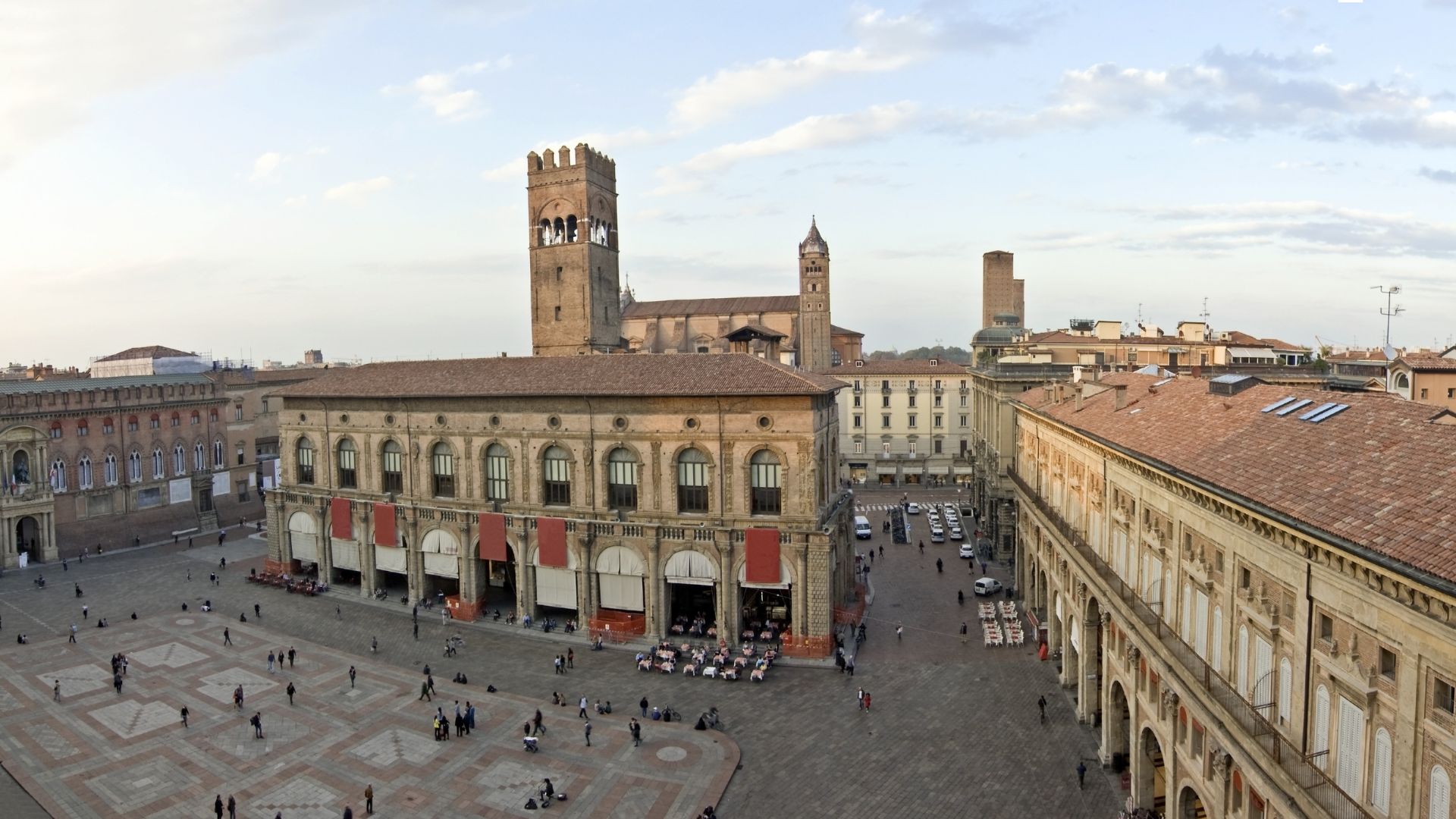
Aging Cellars: The Transformation Chamber
Stepping into an aging cellar feels like entering a sacred space where time and tradition combine to create something extraordinary. These carefully controlled environments are where the magic of Parmigiano Reggiano truly happens.
Exploring the Cellar Environment
The aging cellars for Parmigiano Reggiano maintain specific conditions that allow the cheese to develop its distinctive character. Temperature typically stays between 60-65°F (16-18°C) with humidity levels around 80-85%. These precise settings create the perfect environment for the cheese to age properly.
Walking through the rows of cheese wheels stacked floor to ceiling, I’m always struck by the sheer scale of the operation. Each wheel weighs around 80 pounds and will remain here for at least 12 months—some for 24, 36, or even more.
Modern American cheese producers have taken inspiration from these traditional Italian aging chambers. They’re building their cellars designed to create unique American original cheeses that rival European classics.
Tasting: Understanding the Aging Process
The transformation of Parmigiano Reggiano during aging is remarkable. Young cheese (12-18 months) has a milder, creamier profile with subtle fruity notes. At 24 months, it develops more complexity—nutty flavors emerge alongside a slight crunch from protein crystals.
I’ve learned from cheese masters how to identify perfectly aged Parmigiano. They tap each wheel with special hammers, listening for sounds that reveal the cheese’s internal structure. This centuries-old technique requires incredible skill and experience.
The aging process concentrates flavors as moisture evaporates, creating the intense umami character Parmigiano is famous for. When tasting different ages side by side, the progression of flavor development becomes clear—from milky and gentle to rich and complex.

Legislation and Protection
Parmigiano Reggiano enjoys one of the most robust legal protection systems of any food product in the world. These protections ensure that only authentic cheese from specific regions with traditional methods can bear this prestigious name.
European Union’s PDO Guidelines
The journey to protect Parmigiano Reggiano began in Italy in 1954 when the country established the first laws to safeguard its origin. Later, in 1992, the European Union created the Protected Designation of Origin (PDO) status, with Parmigiano Reggiano receiving this protection in 1996.
This PDO status is serious business. It restricts production to specific provinces in northern Italy: Parma, Reggio Emilia, Modena, and parts of Bologna and Mantua. Every aspect of production—from cow feed to aging times—must follow strict guidelines.
When I visited the aging cellars, our guide pointed out the distinctive pin-dot markings on the cheese rinds. These marks are legal identifiers that prove authenticity. “These aren’t just decorations,” she explained. “They’re your guarantee of the real thing.”
Authenticity and Quality Control
The Parmigiano Reggiano Consortium serves as the watchdog, ensuring every wheel meets standards. During my tour, I watched as inspectors tapped each cheese with special hammers, listening for sounds that indicate quality.
“One bad wheel could damage our reputation,” the master cheesemaker told me. Every authentic wheel carries:
- The Consortium’s oval seal
- The production date
- A unique alphanumeric code identifying the dairy
- The PDO stamp
Quality inspections happen at 12 months of aging. Only wheels that pass can continue aging as Parmigiano Reggiano. The others must remove all markings and sell under different names.
I’ve learned that these protections aren’t just about tradition—they’re about preserving livelihoods and cultural heritage that stretches back to the Middle Ages.
Savoring Parmigiano Reggiano
Parmigiano Reggiano offers a rich sensory experience with its complex flavors developing over years of aging. The cheese’s crystalline texture and nutty profile make it perfect both on its own and as part of elaborate culinary creations.
Pairing with Parma Ham and Other Delicacies
I’ve found that Parmigiano Reggiano creates magic when paired with Parma Ham. The sweet, delicate flavor of the ham perfectly balances the savory depth of the cheese. This classic combination has been enjoyed in the Emilia-Romagna region for centuries.
For an unforgettable tasting experience, I recommend trying different age profiles of Parmigiano with various accompaniments:
- 24-month aged: Pair with fresh fruits like pears or figs
- 36-month aged: Excellent with honey or aged balsamic vinegar
- 48-month aged: Perfect with robust red wines like Sangiovese
Parmigiano also pairs wonderfully with olives, nuts, and crusty bread. I love serving small chunks with a drop of aged balsamic for an elegant appetizer that never fails to impress my guests.
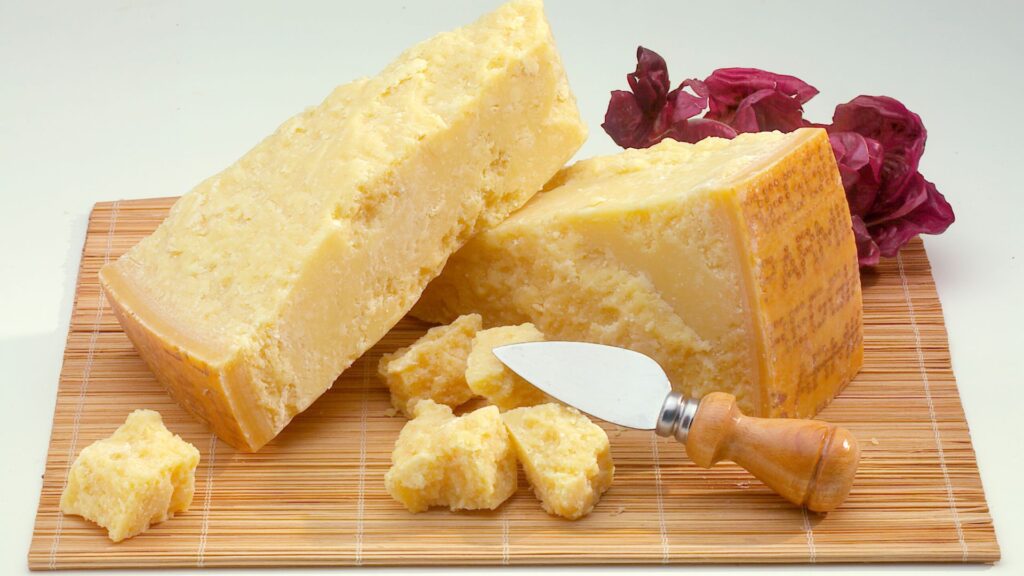
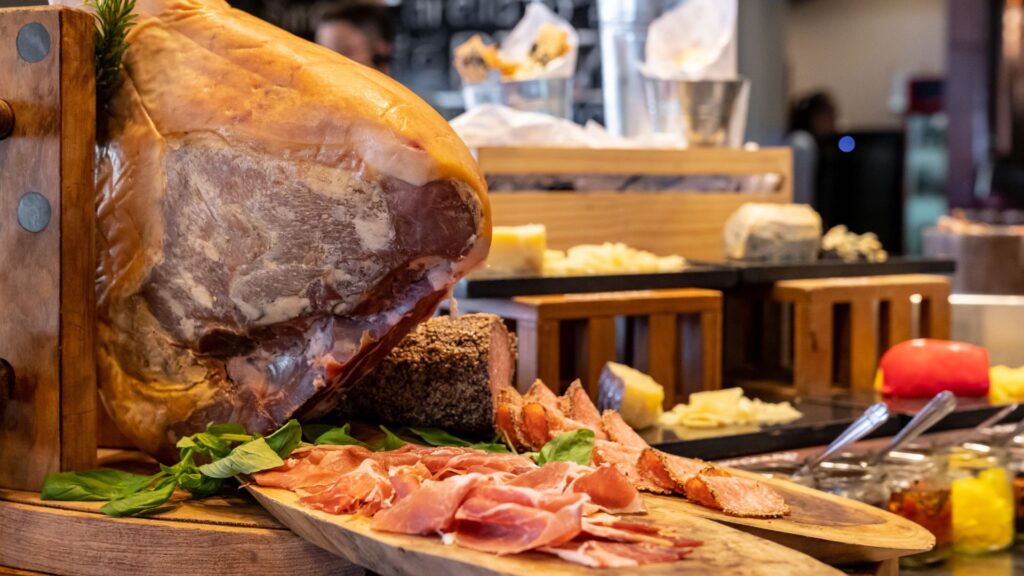
Incorporating into Recipes
Parmigiano Reggiano transforms everyday dishes into extraordinary meals. I always keep the rinds to add depth to soups and stocks—they infuse incredible umami flavor.
When cooking with Parmigiano, remember:
- Grate it fresh just before serving for maximum flavor
- Use younger cheese (24 months) for cooking
- Save the well-aged varieties (36+ months) for eating on their own
My favorite applications include:
- Grated over pasta with simple butter and black pepper (cacio e pepe)
- Incorporated into risotto for creaminess
- Baked into savory shortbread cookies for an unexpected treat
The cheese melts beautifully, creating silky textures in sauces. I find that adding the cheese at the end of cooking preserves its complex flavors and prevents it from becoming stringy or tough.
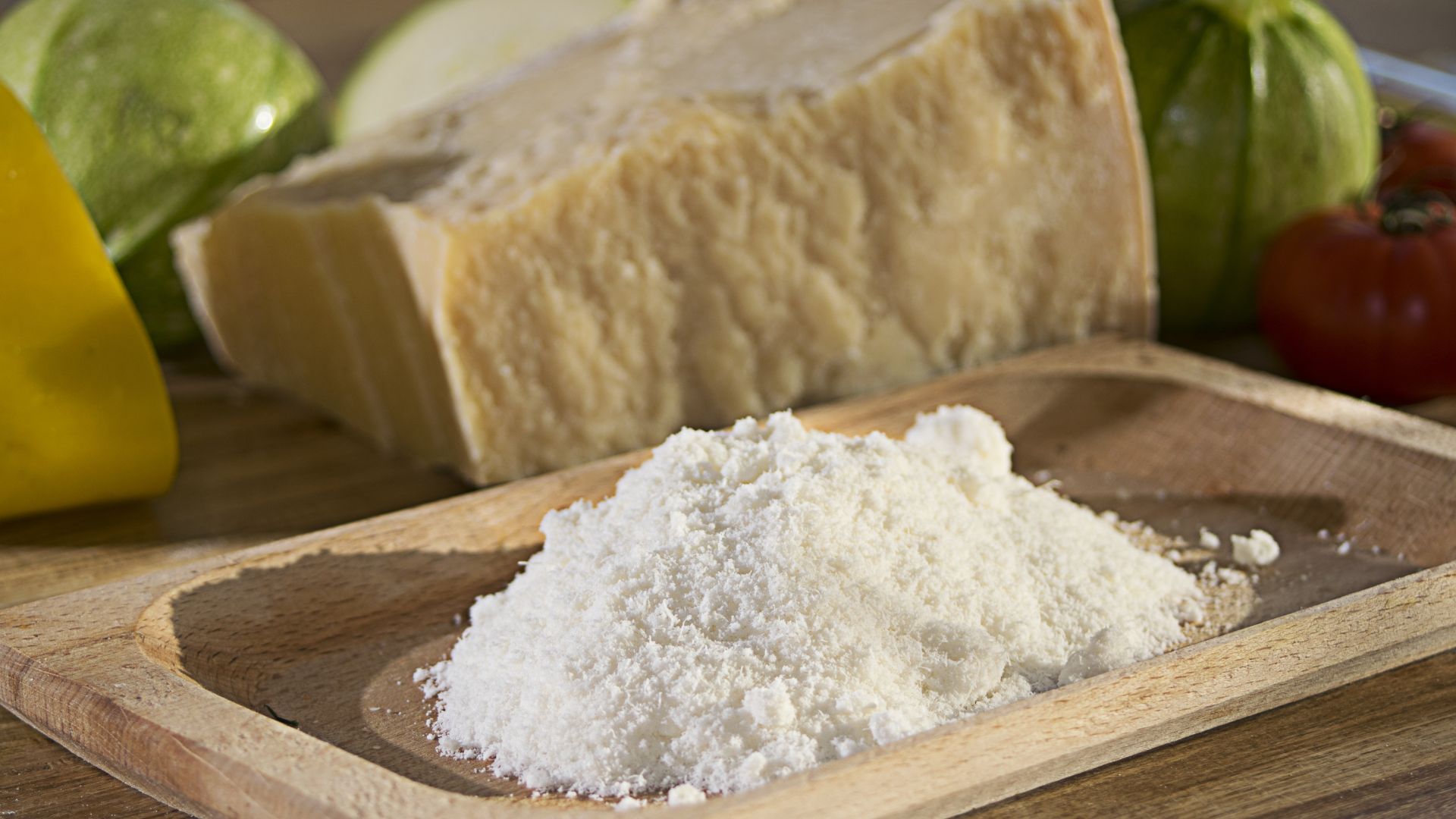
Frequently Asked Questions
Cheese lovers often have questions about the aging process and quality markers of Parmigiano Reggiano. The age, production methods, and specific dairy characteristics all contribute to the unique flavors and textures found in each wheel.
What factors determine the best cheese aging environment for producing premium Parmigiano Reggiano?
Temperature and humidity are crucial for proper Parmigiano Reggiano aging. The best aging cellars maintain a consistent temperature between 16-18°C (61-64°F) and humidity levels of 80-85%.
Air circulation is another vital factor. The aging rooms need good ventilation systems to prevent mold growth while allowing the cheese to breathe and develop complex flavors.
The shelving materials matter too. Traditional wooden shelves are preferred as they help wick away moisture and harbor beneficial microbes that contribute to the cheese’s distinctive character.
How can you distinguish between different brands of Parmigiano Reggiano to find the highest quality?
Look for the fire-branded PDO mark on the rind. This guarantees authentic Parmigiano Reggiano from the designated region in Italy. The best wheels also feature pin-dots forming the words “Parmigiano Reggiano” along with production date and dairy code.
Age is a key indicator. Most premium Parmigiano Reggiano is aged between 24-36 months. Though exceptional varieties can age 40 months or even over 100 months for unique flavor profiles.
When I taste different brands, I notice the complexity of flavor is important. Higher quality wheels offer a perfect balance of savory, sweet, and umami notes. They also have a crystalline texture that melts on the tongue.
What justifies the price variation among different wheels of Parmigiano Reggiano cheese?
Aging time significantly impacts price. Longer-aged cheeses (36+ months) command higher prices due to extended storage costs and more complex flavors.
The milk source matters enormously. Cheese made from milk of heritage breeds like Vacche Rosse (Red Cows) costs more. These cows produce less milk with higher protein content, resulting in exceptional cheese.
Production scale affects pricing too. Small artisanal dairies making limited batches typically charge more than larger commercial operations. This reflects their hands-on approach and attention to detail.
Could you explain the significance of Vacche Rosse in the context of Parmigiano Reggiano production?
Vacche Rosse (Red Cows) are a heritage breed native to the Parmigiano Reggiano region. They’re prized for producing milk with higher casein protein and fat content, which creates exceptional cheese texture and flavor.
These cows nearly went extinct in the mid-20th century. Today, only a handful of dairies work with this breed, making their cheese particularly rare and sought-after by connoisseurs.
The distinctive qualities of Vacche Rosse milk result in Parmigiano with a deeper golden color, more pronounced crystallization, and complex flavor notes that develop remarkably well during extended aging.
Which characteristics make Parmigiano Reggiano aged at the twins’ dairy farm unique?
The twins’ aging cellar features custom-designed microclimate controls that adjust humidity levels based on seasonal changes. This attention to environmental details creates a consistently exceptional cheese texture.
Their wheels develop a distinctive aromatic profile due to their location near mountain herb pastures where their cows graze. I’ve noticed their cheese has subtle herbal notes that aren’t present in other Parmigiano Reggiano varieties.
They also practice extended aging for select wheels, sometimes up to 60 months. These special wheels develop incredible depth with caramel notes and abundant tyrosine crystals that provide a pleasant crunch.
How does the aging process influence the flavor profile of Parmigiano Reggiano cheese?
Young Parmigiano Reggiano (12-18 months) has a milder, milky flavor with slight sweetness and minimal crystallization. The texture remains somewhat elastic, and the aroma is fresh and subtle.
Middle-aged cheese (24-36 months) develops more complexity with pronounced nutty and fruity notes. The texture becomes more granular with noticeable tyrosine crystals, and umami flavors intensify.
Very old Parmigiano (48+ months) transforms dramatically. It develops strong spicy notes, caramel undertones, and a friable, crystalline texture. The flavor becomes incredibly concentrated with an almost meaty savoriness and lingering finish.

